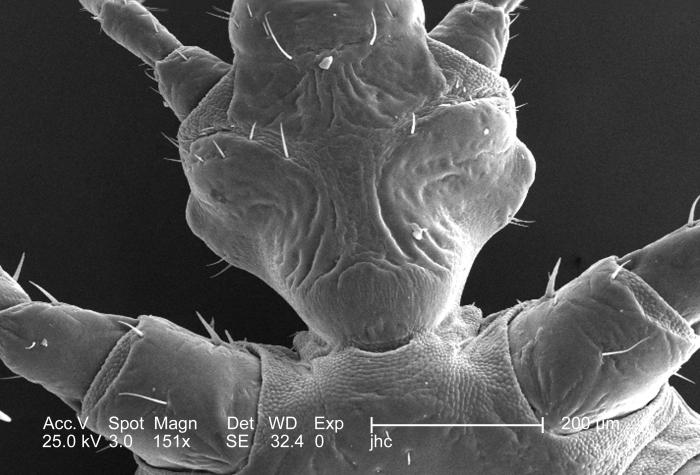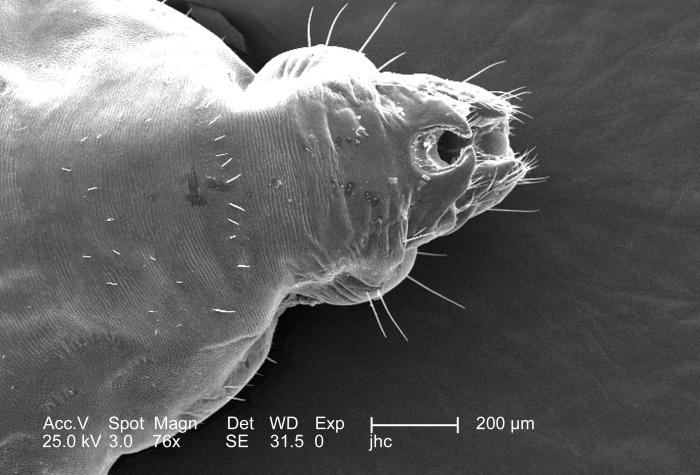Typhus, specifically Epidemic Typhus, is a severe infectious disease caused by bacteria. Abbreviated as ET in medical literature, it has historically been responsible for devastating outbreaks. This article delves into the causes, symptoms, diagnosis, and treatment of this condition to provide a comprehensive understanding of its impact on human health.

What is Epidemic Typhus?
Epidemic Typhus is a bacterial infection that spreads primarily through contact with infected body lice. It is caused by Rickettsia prowazekii, a type of bacteria that thrives in unsanitary conditions where lice can proliferate. The disease earned its name due to its tendency to cause widespread illness during times of war, famine, and overcrowding. Epidemics have been recorded throughout history, often linked to poor hygiene and lack of access to clean water.
The Role of Lice in Transmission
Lice are tiny parasitic insects that feed on human blood. When an infected louse bites a person, it defecates near the bite site. If the person scratches the area and rubs the feces into the wound or mucous membranes, the bacteria can enter the bloodstream. This mode of transmission makes Epidemic Typhus particularly dangerous in crowded environments such as refugee camps, prisons, and disaster zones.
Causes of Epidemic Typhus
The primary cause of Epidemic Typhus is the bacterium Rickettsia prowazekii. However, several factors contribute to the spread of the disease:
- Poor Hygiene: Lack of regular bathing and washing clothes creates an environment where lice can thrive.
- Overcrowding: Close living quarters increase the likelihood of lice spreading from one person to another.
- Lack of Access to Clean Water: Without clean water, people cannot maintain proper hygiene, which exacerbates the problem.
- Natural Disasters and Conflicts: Situations like earthquakes, floods, and wars displace populations and disrupt sanitation systems, creating ideal conditions for lice infestations.
Symptoms of Epidemic Typhus
The symptoms of Epidemic Typhus typically appear within one to two weeks after exposure to the bacteria. Early recognition of these symptoms is crucial for timely treatment. Common signs include:
Initial Symptoms
- High Fever: A sudden onset of fever is usually the first sign of infection.
- Severe Headache: Patients often experience intense headaches that may be accompanied by confusion or dizziness.
- Muscle Pain: Muscle aches, especially in the back and legs, are common.
- Chills: Shivering and chills often accompany the fever.
Progression of Symptoms
As the disease progresses, additional symptoms may develop:
- Rash: A rash typically appears around the fifth day of illness, starting on the chest and spreading to other parts of the body. It begins as small, pink spots and may turn darker over time.
- Cough: Some patients develop a persistent cough.
- Nausea and Vomiting: Digestive issues are common and can lead to dehydration.
- Sensitivity to Light: Many individuals experience photophobia, or sensitivity to light.
Complications
If left untreated, Epidemic Typhus can lead to severe complications, including:
- Organ Failure: The bacteria can damage vital organs such as the kidneys, liver, and heart.
- Encephalitis: Inflammation of the brain may occur, leading to neurological symptoms like seizures or coma.
- Death: Without prompt treatment, the mortality rate can be as high as sixty percent.
Diagnosis of Epidemic Typhus
Diagnosing Epidemic Typhus requires a combination of clinical evaluation and laboratory testing. Healthcare providers rely on the patient’s medical history, physical examination, and specific tests to confirm the presence of the disease.
Clinical Evaluation
Doctors will ask about recent travel history, living conditions, and exposure to lice. They will also assess the patient’s symptoms, paying close attention to the characteristic rash and fever pattern.
Laboratory Tests
Several diagnostic methods are used to identify Rickettsia prowazekii:
- Blood Tests: A complete blood count may reveal low platelet levels and elevated liver enzymes.
- Serology: Blood samples are tested for antibodies against the bacteria. This test can detect both current and past infections.
- Polymerase Chain Reaction (PCR): This molecular technique amplifies bacterial DNA in the blood, providing a definitive diagnosis.
Treatment of Epidemic Typhus
Early treatment is essential to prevent complications and reduce mortality. The primary treatment for Epidemic Typhus involves antibiotics, supportive care, and preventive measures to control lice infestations.
Antibiotic Therapy
The most effective antibiotic for treating Epidemic Typhus is doxycycline. It works by inhibiting the growth of the bacteria and is administered orally or intravenously depending on the severity of the infection. For pregnant women and children under eight years old, chloramphenicol is an alternative option.
Supportive Care
In addition to antibiotics, patients may require supportive care to manage symptoms and complications:
- Hydration: Intravenous fluids are given to prevent dehydration caused by fever and vomiting.
- Pain Relief: Over-the-counter pain relievers can help alleviate headaches and muscle pain.
- Oxygen Therapy: In severe cases, supplemental oxygen may be necessary to support breathing.
Lice Control
To prevent further transmission, it is critical to eliminate lice infestations. This can be achieved through:
- Delousing: Specialized shampoos and powders are used to kill lice on the body and clothing.
- Laundry: Infested clothing and bedding should be washed in hot water and dried at high temperatures.
- Environmental Cleaning: Living spaces must be thoroughly cleaned to remove any remaining lice or eggs.
Prevention of Epidemic Typhus
Preventing Epidemic Typhus involves addressing the root causes of lice infestations and promoting public health measures:
Improving Sanitation
Access to clean water and proper waste disposal systems is essential to reduce lice populations. Governments and organizations should prioritize infrastructure development in underserved areas.
Education and Awareness
Public health campaigns can educate communities about the importance of hygiene and how to recognize early symptoms of the disease. Teaching people how to check for lice and treat infestations can significantly reduce transmission rates.
Vaccination Efforts
Although no vaccine is currently available for Epidemic Typhus, research is ongoing. In the meantime, efforts to develop vaccines could play a key role in preventing future outbreaks.
Historical Impact of Epidemic Typhus
Epidemic Typhus has played a significant role in shaping human history. Major outbreaks have occurred during periods of social upheaval, such as the Napoleonic Wars and World War II. These events highlight the importance of addressing the underlying socioeconomic factors that contribute to the spread of the disease.
Lessons Learned
By studying past epidemics, researchers have gained valuable insights into the dynamics of disease transmission and the effectiveness of various interventions. These lessons continue to inform modern strategies for controlling Epidemic Typhus and other vector-borne illnesses.





